Best filters for photography : these camera filters do things software can't!
You can't do it all with Photoshop! The best camera filters apply optical effects that software can't duplicate
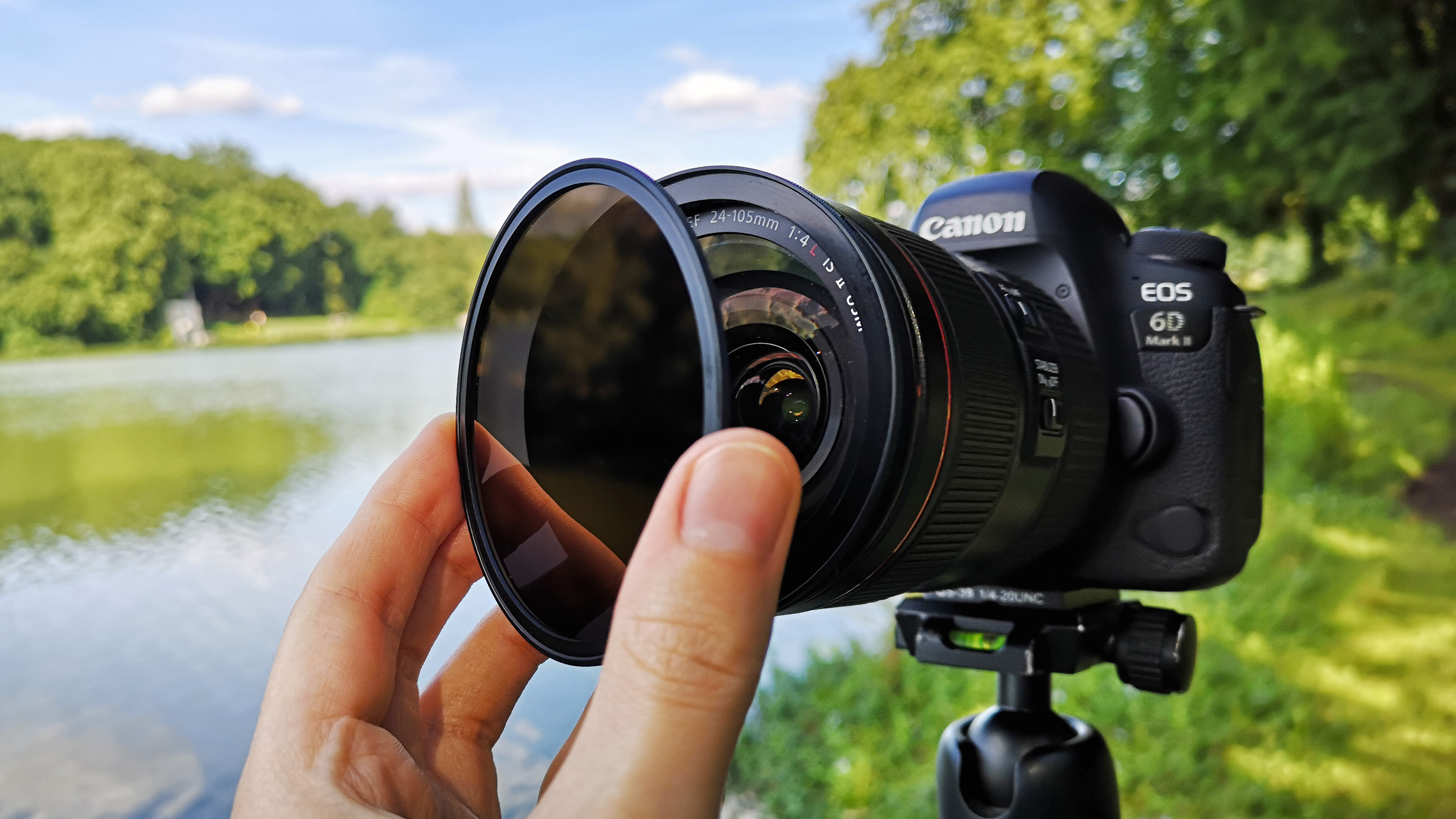
The best photographic filters are still staples in the photographer’s kit bag. You might think that surely we can do it all with software now, surely there' no longer any need to be screwing bits of glass onto the front of a lens — but you'd be mistaken! There are plenty of photographic filters that produce effects that can't be easily replicated with editing (short of outright fakery, at least), and in this guide we're running through all of them.
It's true that many of the old colored filters synonymous with film photography are no longer needed due to image editing software. However, filters like polarizers and ND filters allow the photographer to control light, whether by cutting reflections or extending exposure times. There are also UV filters for physically protecting lenses, infra red filters for creating a ghostly effect, diffusion filters for a vintage look — the list goes on.
In this guide, we’ll be taking a look at the style, material, and sizes available of the very best filters in each class, including polarizing filters, ND grads, ND filters, variable NDs, diffusion filters, infrared filters, and basic protection filters. If you weren't sure if you needed filters, or have a feeling your set might be due an upgrade, take a closer look...

Jase Parnell-Brookes is an award-winning photographer, educator and writer based in the UK. They won the Gold Prize award in the Nikon Photo Contest 2018/19 and was named Digital Photographer of the Year in 2014. After completing their Masters Jase has spent a good chunk of two decades studying and working in photography and optics. In that time, they've had plenty of hands-on experience with the latest photographic filters.
The quick list
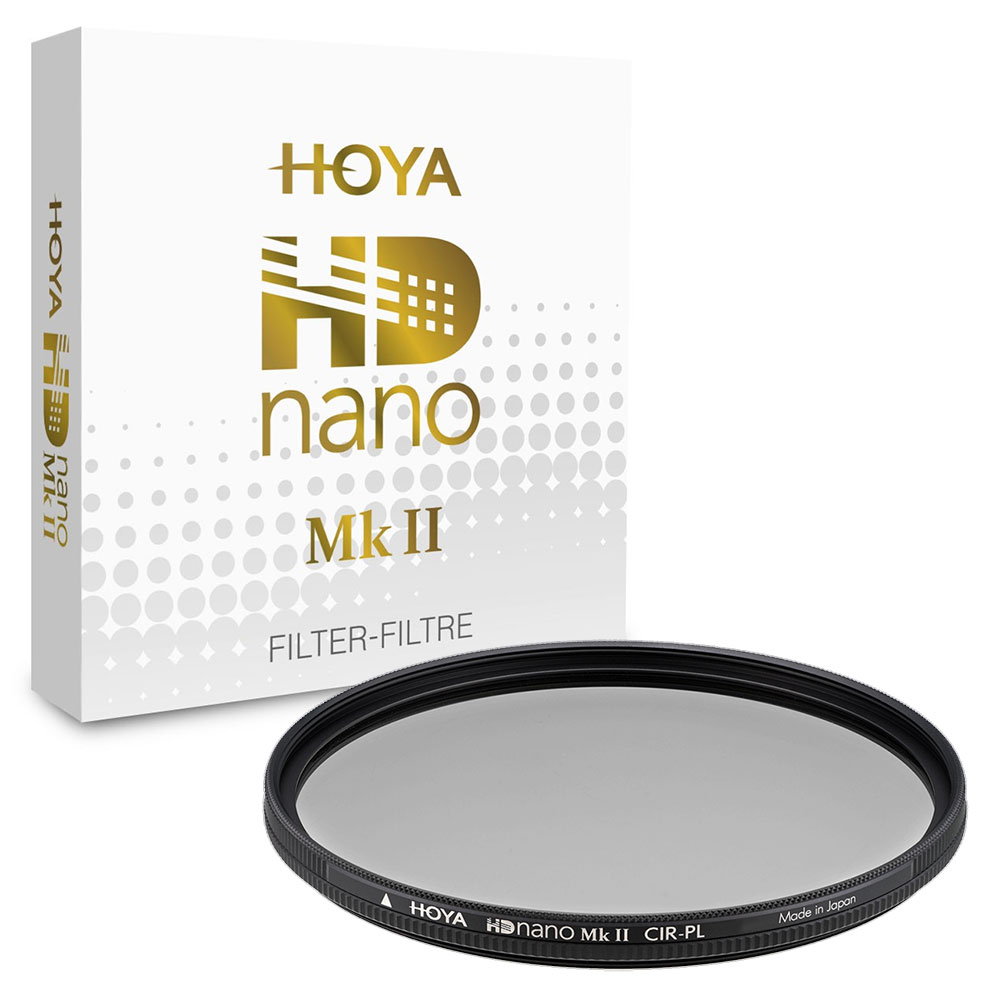
Best polarising filter
This is one of the best circular polarizers we've ever tested. Its clarity is brilliant, it's available in a range of sizes, and the price is pitched at a sensible level. An essential for serious shooters.
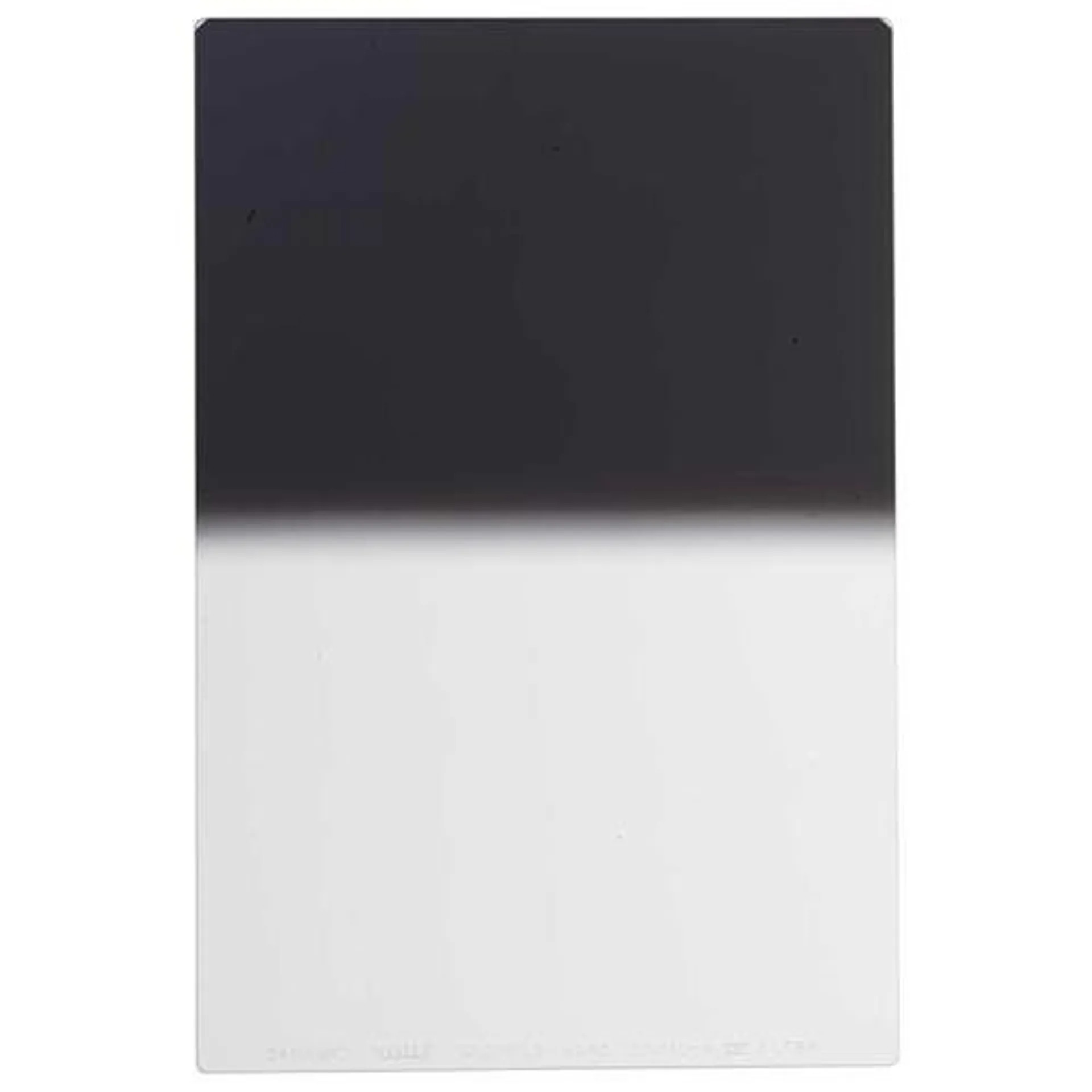
Best graduated ND filter
Perfect for controlling bright skies, the Benro Master 100x150mm Glass GND delivers professional-level quality thanks to its high-end German Schott glass.

Best ND filter
For lengthening exposure times by controlling light, the NiSi 6-stop ND filter is one of the best you can get. Its superior glass has been coated and treated for optimal performance.
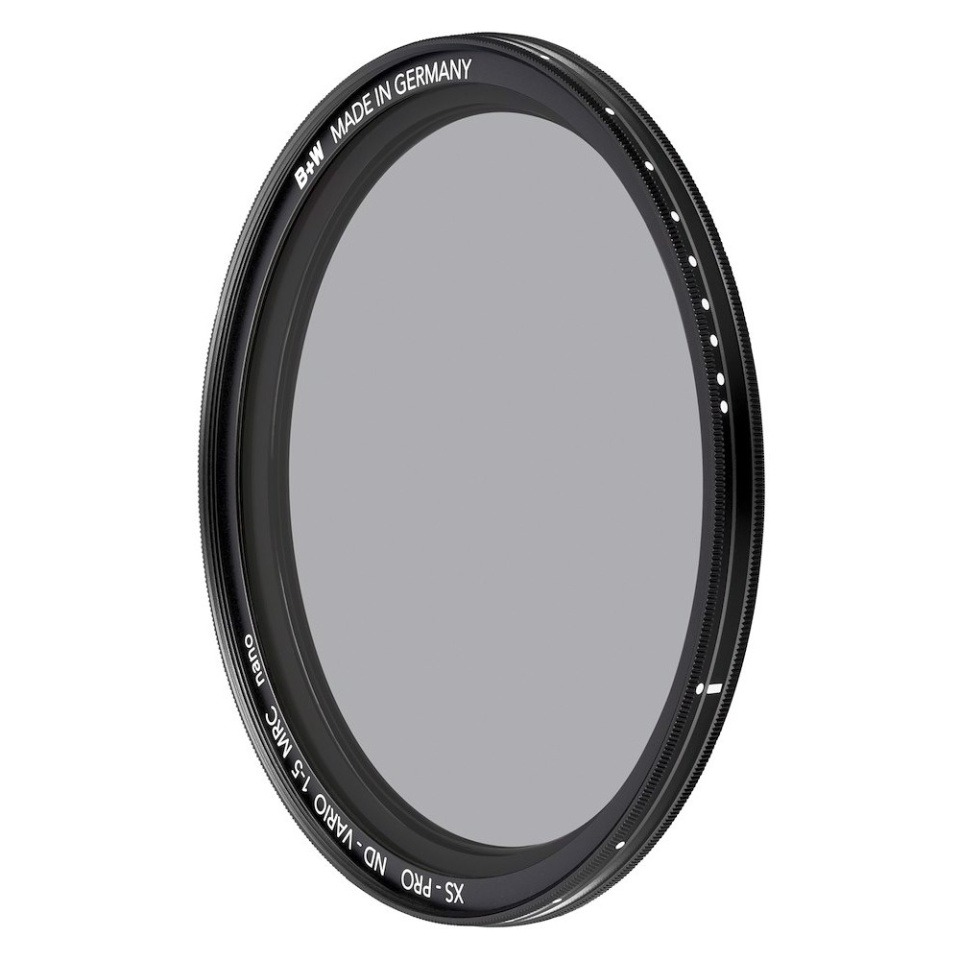
Best variable ND filter
Well suited to video but also useful for stills, the variable ND filter from B+W can handle rapidly changing light situations with ease, and offers astounding sharpness, too.
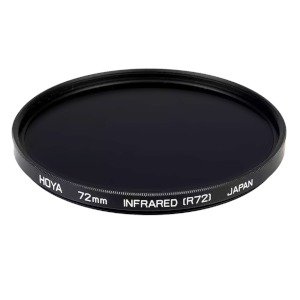
Best infra-red filter
For creating etheral, ghostlike images with that singular infrared look, Hoya's R72 filter is the ideal choice — though it works best with an infrared-converted camera.
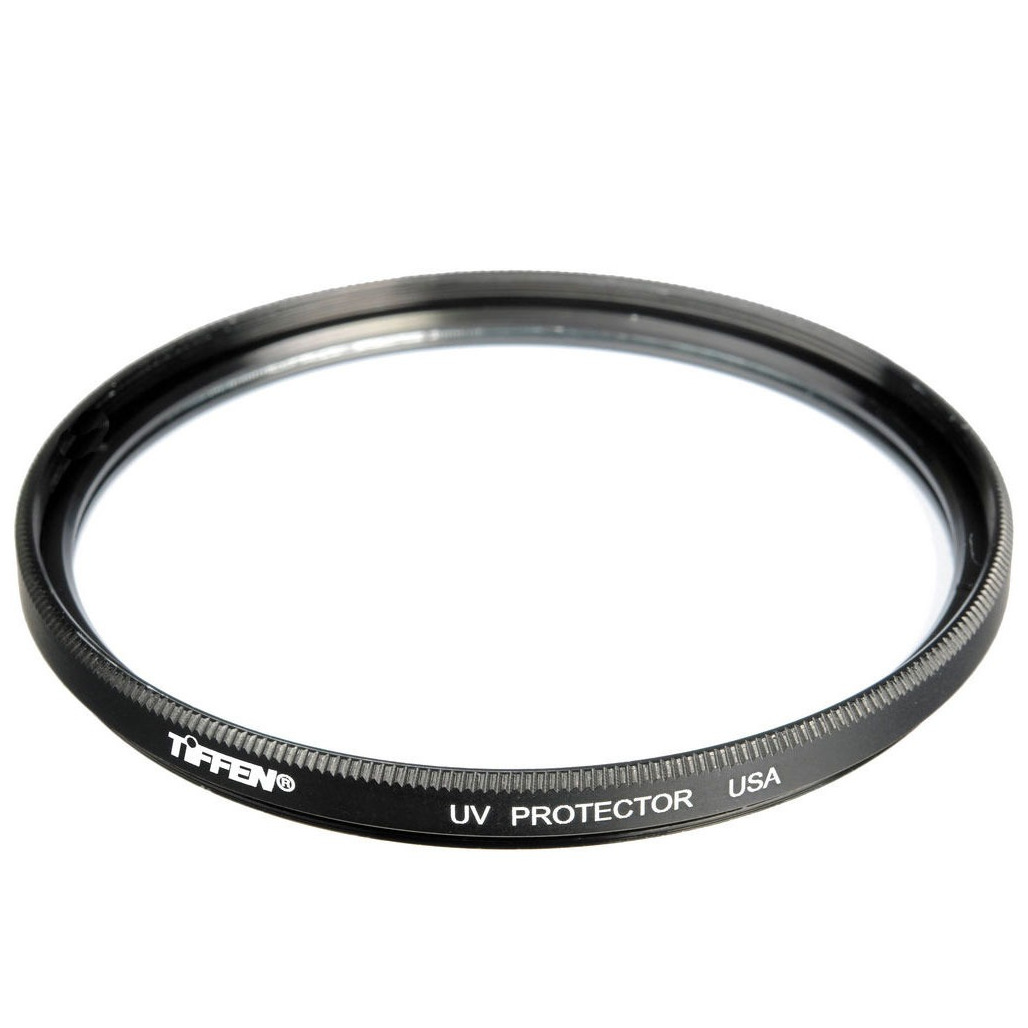
Best protective filter
While UV filters don't have the same photographic use they once did, their protective functionality is utterly invaluable, and might just save your lens in the event of a catastrophe.
Load the next products ↴
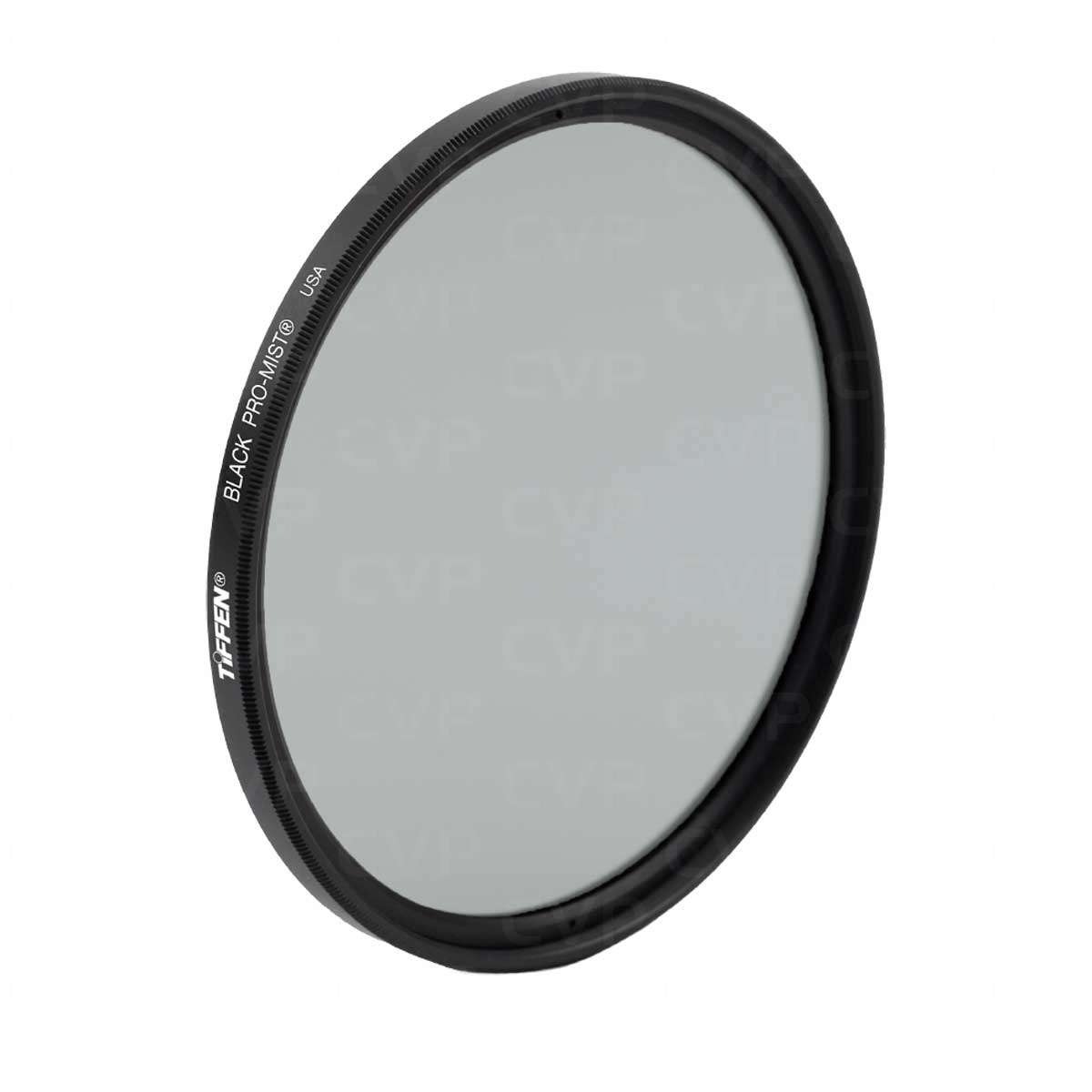
Best diffusion filter
For creating that vintage, filmlike effect so beloved by cinematographers, the Tiffen Pro-Mist is your best bet. We recommend the 1/4 strength version for starters.
Best filters for photography
Why you can trust Digital Camera World
Best polarising filter


Specifications
Reasons to buy
Reasons to avoid
One of the best circular polarizers is the Hoya HD Nano Mk II CIR-PL because it has good image clarity and is sensibly priced. This filter is available for a wide range of filter threads so should fit almost any lens you have in your camera bag.
Polarizers come in two types: circular and linear. Rather than referring to their shape, these terms actually refer to how they polarize light: either light that’s been reflected and is traveling circularly towards the camera, or in straight lines vertically/horizontally. By removing this light, we are left with non-polarized light, which is why we can see behind reflective surfaces such as glass and water. Use it to peer beneath waterlines, enhance color in foliage, deepen blue skies, or remove shine from windows. Also, be sure to check out our roundup of the best polarizing filters.
Read our full Hoya HD Nano Mk II CIR-PL review for more details
Best graduated ND filter
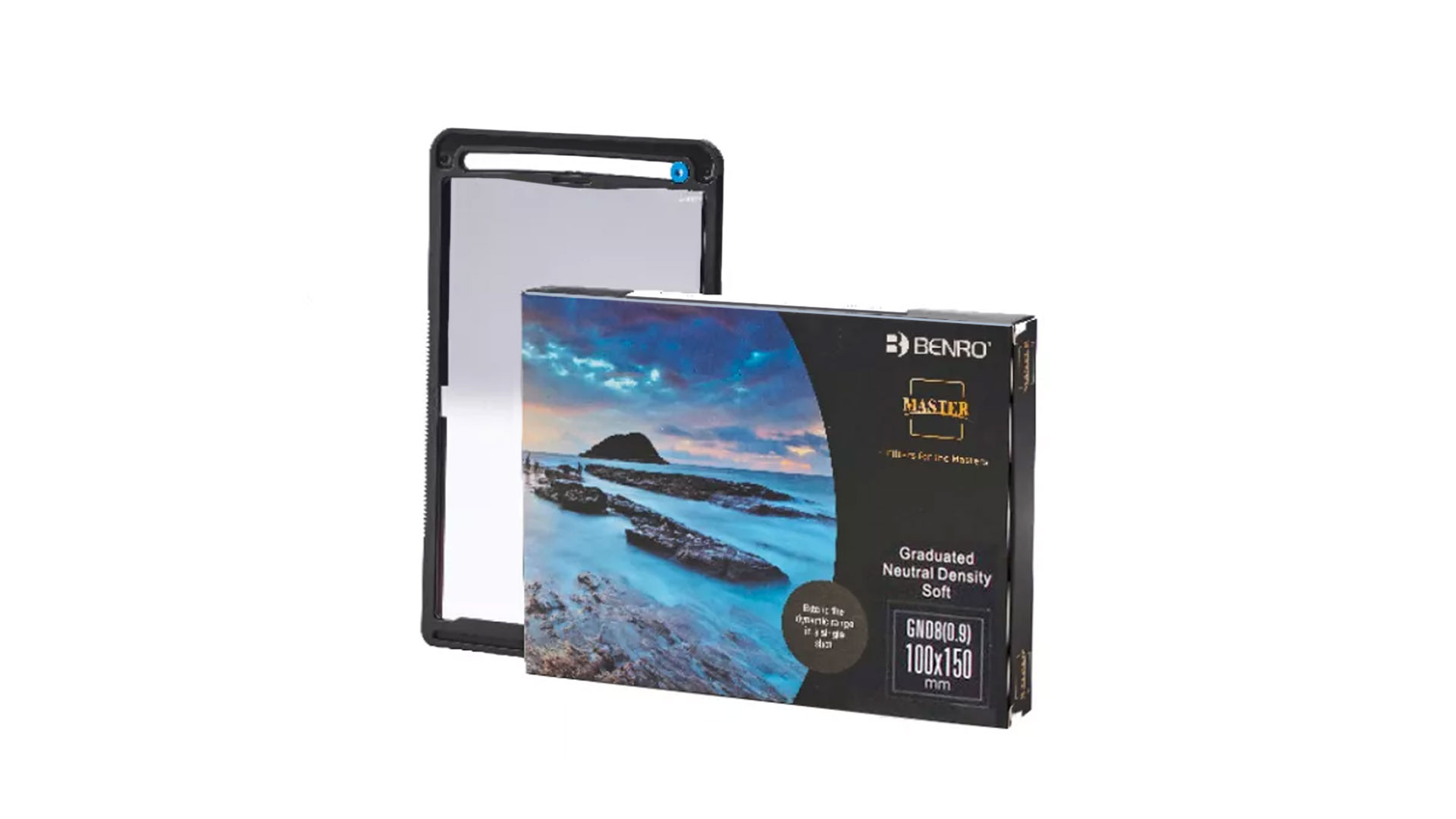
2. Benro Master 100x150mm Glass GND
Specifications
Reasons to buy
Reasons to avoid
Tripod manufacturer-turned-filter maker Benro has whipped up an excellent series of professional glass filters and the Benro Master 100x150mm Glass GND is superb in every respect. High-end German Schott B270 glass and anti-glare coatings provide ultimate clarity. It’s also easy to clean thanks to the NANO WMC Multi-Coating which repels water, oil, dirt, and is scratch-resistant.
Graduated neutral density filters work similarly to neutral density filters in that they block the light going through the lens. However, only one half of the ND grad is coated with light blocking material, with the other half being completely clear. They differ in strengths and come in soft, medium, and hard gradients to suit a range of uses. Use them to darken overexposed skies in landscapes or other areas of brightness in order to attain a balanced exposure in the frame. If the Benro isn’t for you, check out our guide to the other best ND grad filters.
Best ND filter
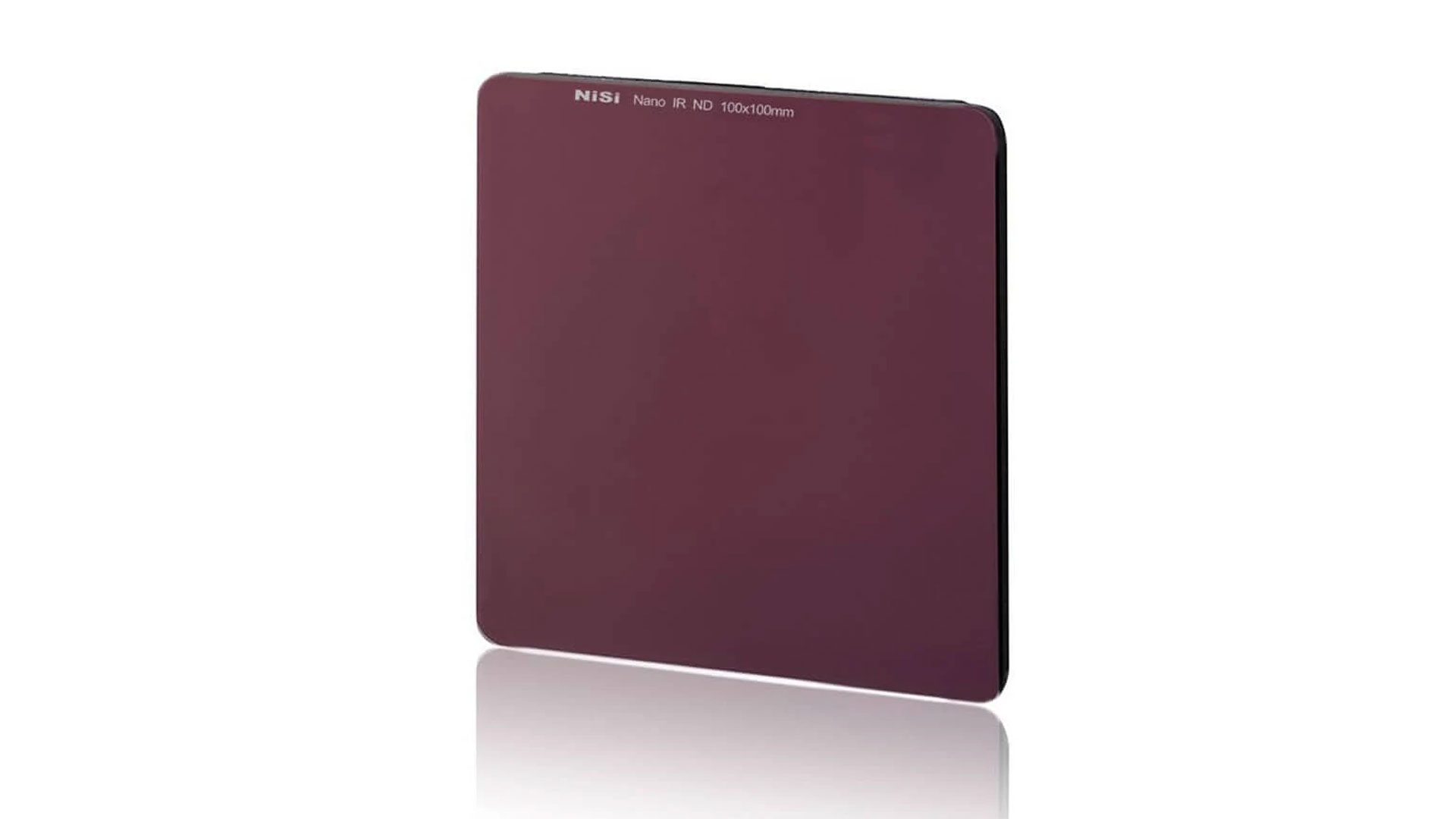
3. NiSi 100x100mm 6 stop (ND64)
Specifications
Reasons to buy
Reasons to avoid
An ND filter is used to control the amount of light that reaches the sensor without having any effect on colors, tone, or contrast within the scene. Effectively you block out light like a tinted window on a car does. The letters ND stand for neutral density and an ND filter can be a fixed strength or its strength can be variable. Unlike graduated NDs, a standard ND filter like this NiSi slot-in filter blocks light equally across the whole of the frame.
An ND filter is most often used to allow you to use a much longer shutter speed that is otherwise possible - turning exposures into whole seconds, or even minutes. This allows you to blur water, clouds, or moving traffic. Furthermore, in busy areas can even be used to eliminate the crowds from the streets.
They come in different strengths, depending on how much they reduce the light. This NiSi model reduces exposure by six stops - allowing you to increase the shutter speed 64-fold (whilst keeping aperture and ISO the same). See other options in our best ND filter guide.
Best variable ND filter
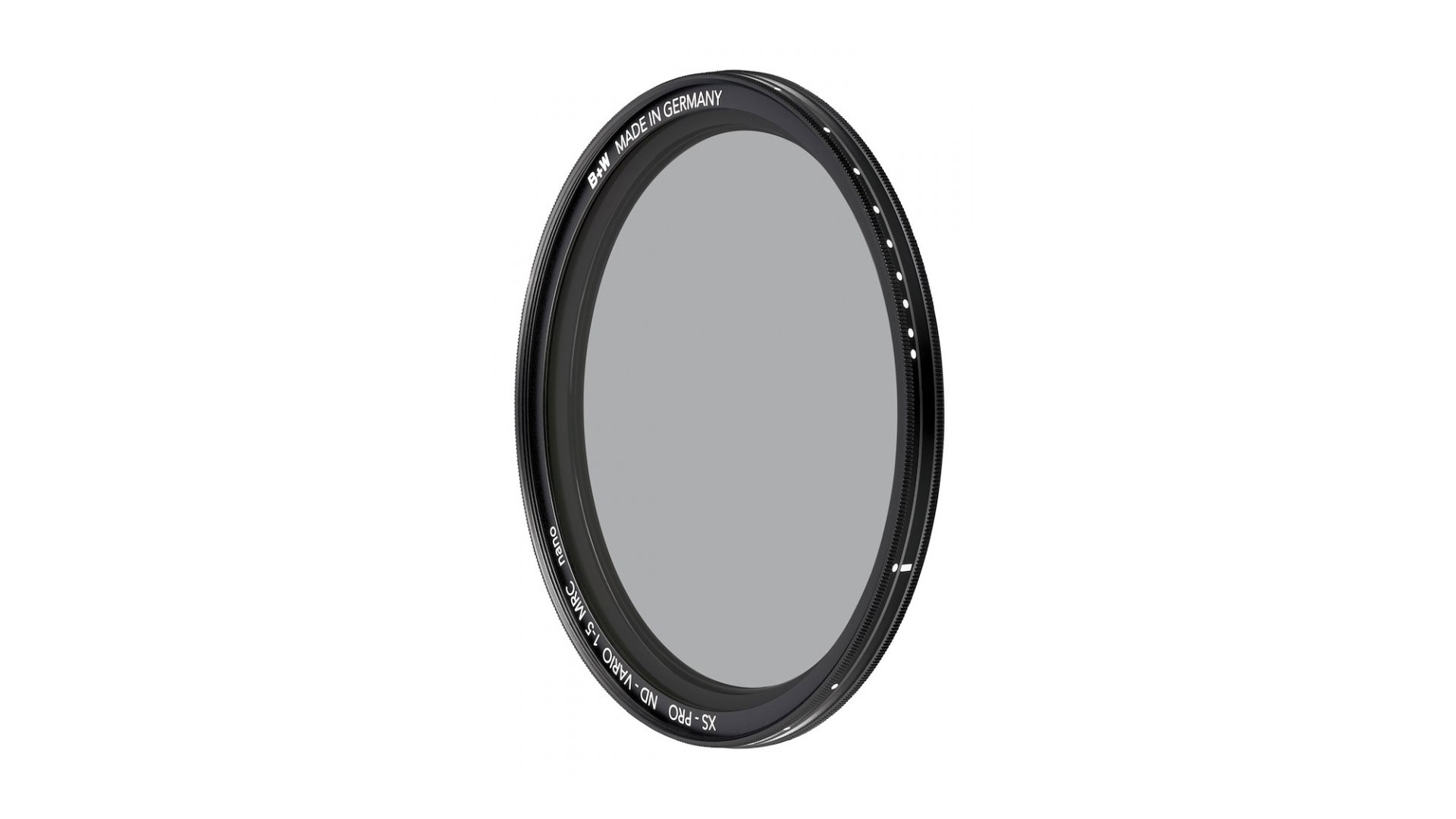
4. B+W XS-Pro Digital ND Vario MRC Nano
Specifications
Reasons to buy
Reasons to avoid
When compared with high-end square slot-in filters this screw-in option from B+W might seem drastically expensive. But the fact it’s a variable ND with a minimal color cast, astounding sharpness, and eight layers of coating exclusive to the XS-Pro range, means it’s worth the cost.
If a neutral density filter equally darkens the frame for longer exposures or shallower depth of field, then a variable neutral density filter adds the ability to alter the intensity.
Designed mainly for video use, a variable ND is useful when changing light conditions means you need to adjust the exposure level, but without changing the camera's shutter speed or lens aperture (iris) – which would change the look of the video. If this filter is a little overkill for you, why not choose another one from our roundup of the best variable ND filters.
Best infra red filter
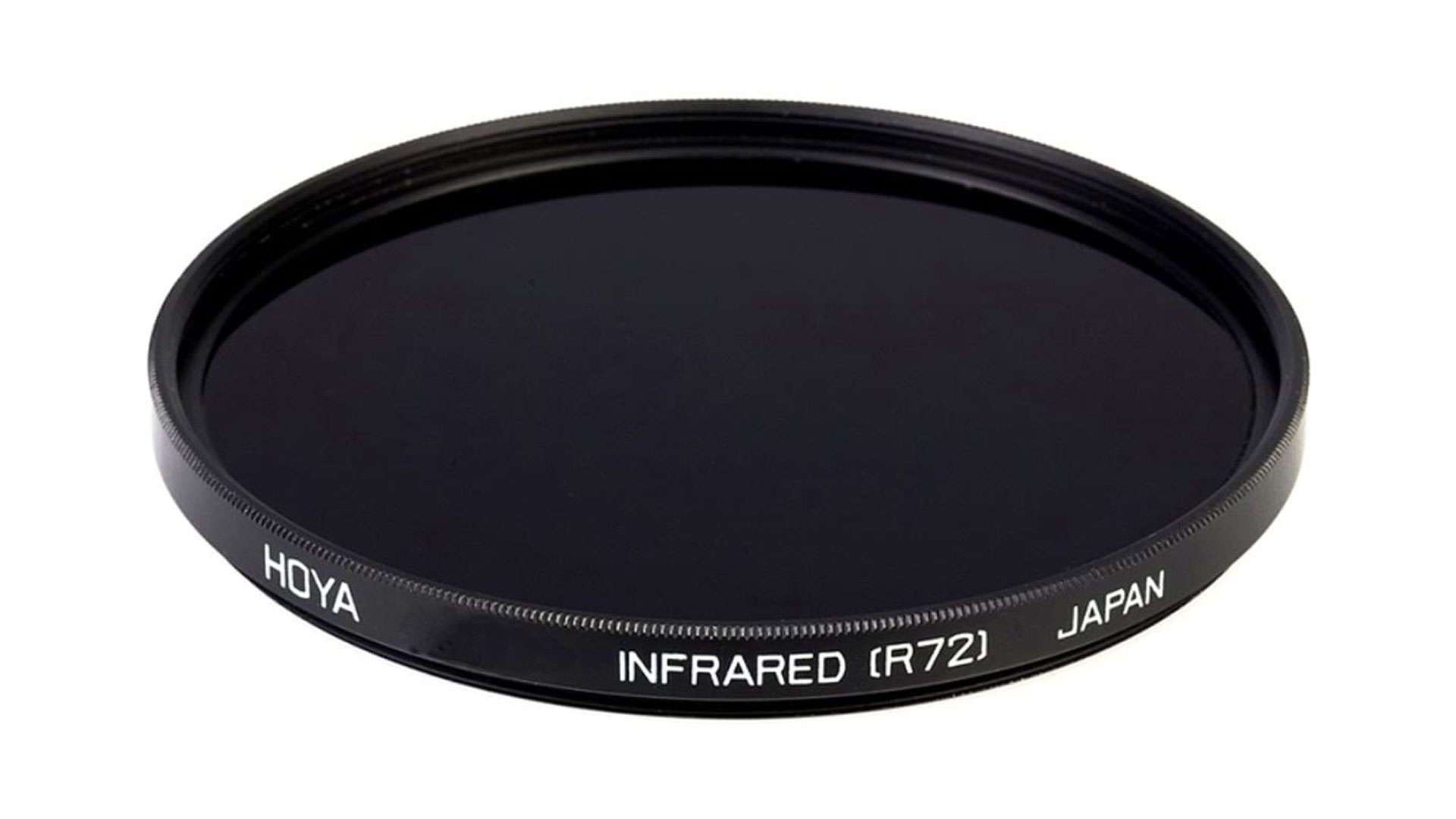
5. Hoya R72 infra red filter
Specifications
Reasons to buy
Reasons to avoid
The Hoya R72 is a high quality, glass infrared filter at a bargain price. Everything about this filter feels premium from its glass and aluminium construction, to the bevelled notches that help screw it in. The R72 even blocks light down to 720nm (hence the name) to remove as much visible light as possible.
While other filters have bespoke coatings designed to block out the infrared (IR) spectrum of light, IR filters have been developed to do the opposite. They block visible light and only allow lower wavelength IR light through to the image sensor. This produces ethereal effects where grass and foliage take on a ghostly glow. However, to make the most of these filters you’ll need to have a camera that has its in-built IR filter removed. We have a full buying guide to the best infra red filters.
Best UV (protective) filter
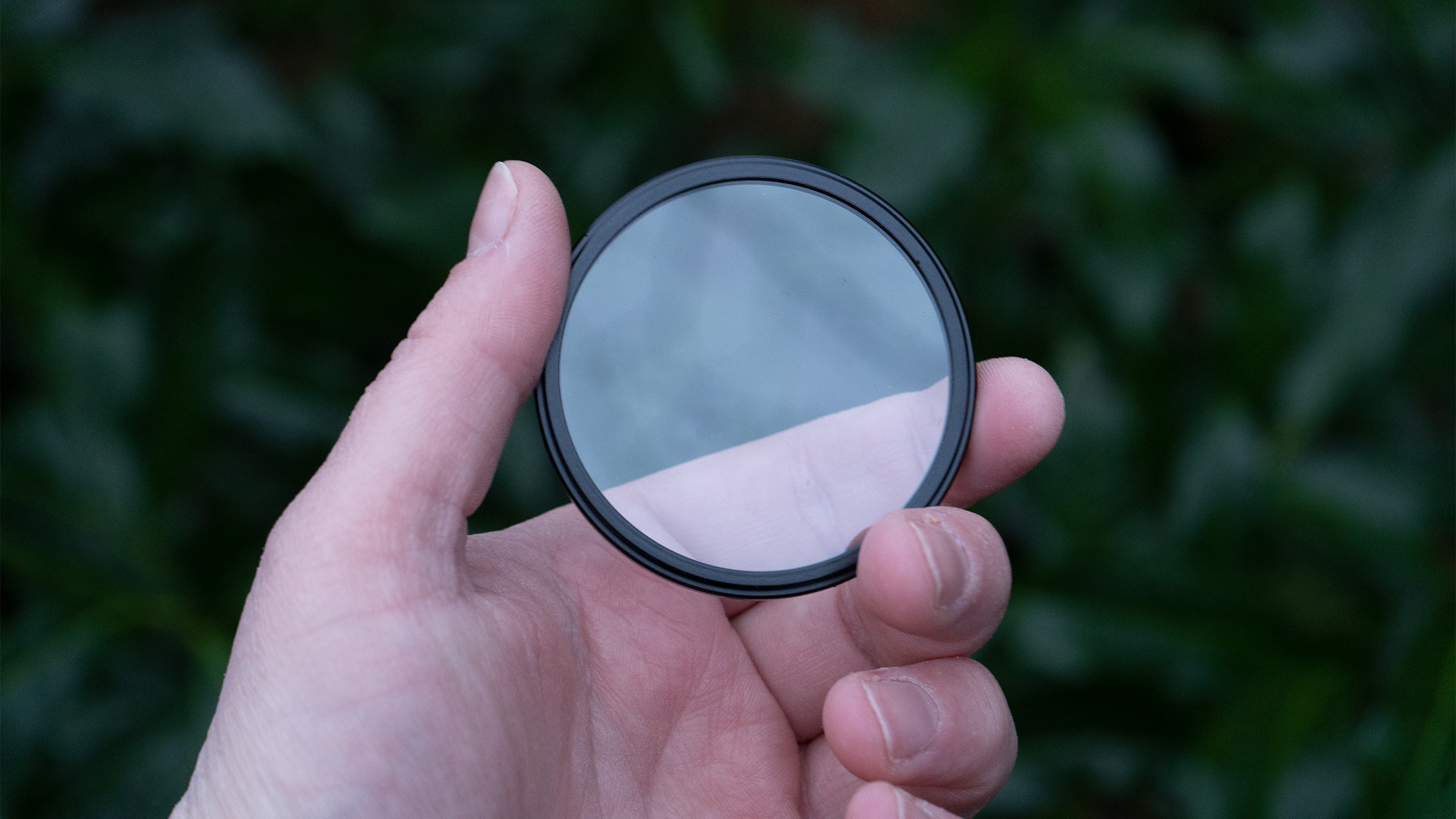
Specifications
Reasons to buy
Reasons to avoid
UV filters, once designed to combat atmospheric haze in film photography, are now used to protect the front element of lenses as they offer a clear, undistorted view. There are many out there made of a mixture of materials, but one of the best we've tested is the Tiffen UV Protector Filter.
With this kind of filter, you want quality, but you don't realistically want to be spending too much. The Tiffen UV Protector Filter comes at a very affordable price, especially in the smaller sizes, though even if you go all the way up to the largest configurations, it's still pretty reasonable. The filter is constructed using ColorCore, a a laborious process that results in glass with basically no detectable color cast or effect in contrast. This means you can stack the Tiffen filter without worrying about compounding any optical effects.
There's no coating, however — part of how Tiffen has kept the cost down — which can lead to lens flare in direct light situations. For alternatives, visit our guide to the best protection filters for lenses guide.
Best diffusion filter
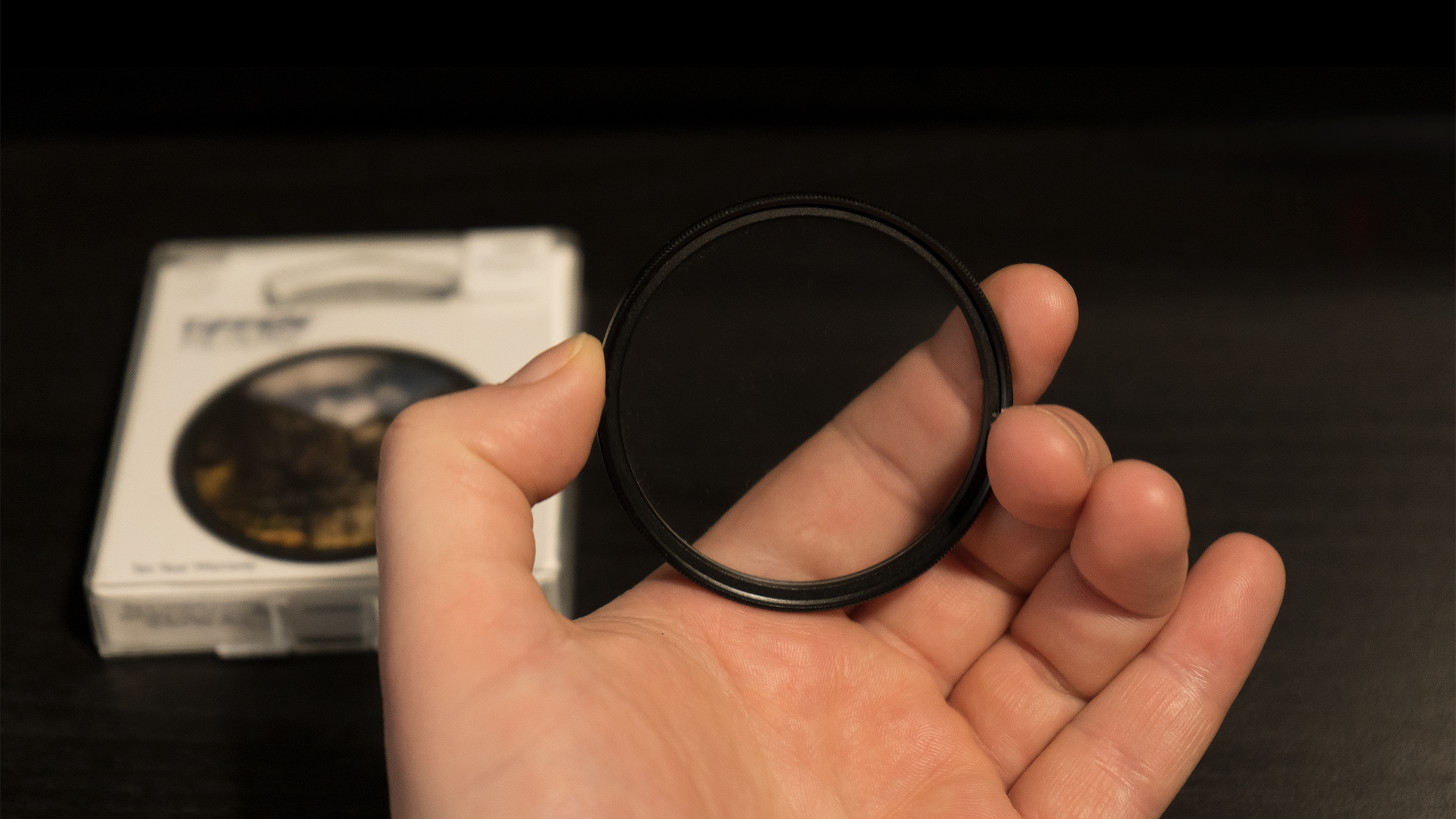
Specifications
Reasons to buy
Reasons to avoid
Diffusion filters are commonly used by cinematographers, for creating more flattering skin texture, or for reducing the contrast in the scene. Tiffen is far and away the leader in this category – and the Pro-Mist line is the reason why. Offering the brand's maximum white halation increase, with its minimum reduction in contrast and resolution, these filters provide minimal loss of detail while rendering soft, pastel-like light.
This makes it ideal for striking videography or softening blemishes for beauty and portrait photography. It's the choice of countless cinematographers, but the sheer volume of choices of different strengths is daunting! If you're looking for a starting point, try the Tiffen Black Pro-Mist 1/4, which we've tested — its 1/4 density produces a balanced effect that isn't too overpowering.
How to choose the best filters for photography
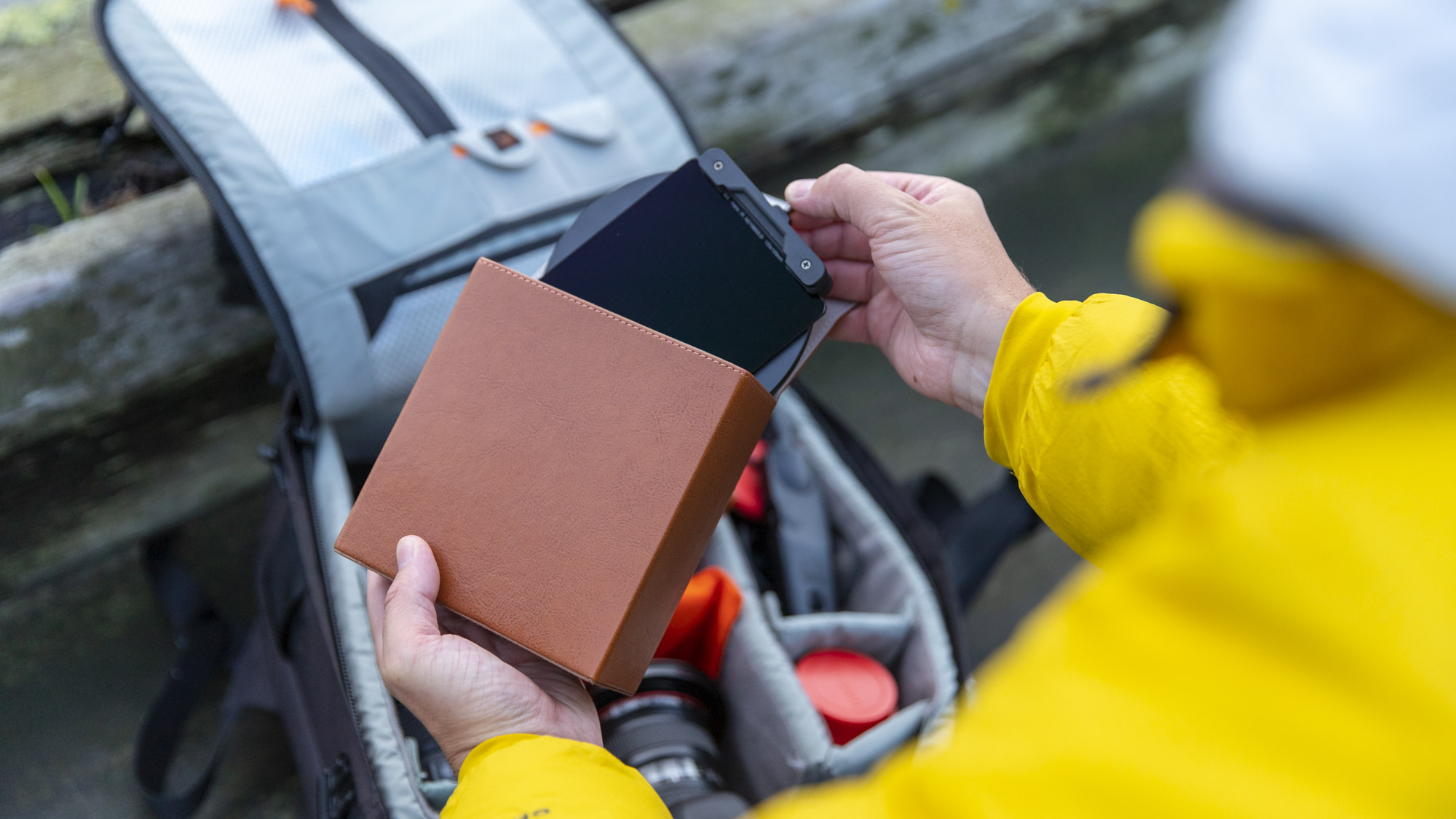
Filters allow for different styles of shooting and image effects that would otherwise be unattainable. In this list, we've included an example of each of the main types of filter that offer something hard to replicate in software:
Polarizing filters can cut through glare on reflective surfaces like glass and water to reveal detail hidden behind, as well as improving color and contrast. This can’t easily be replicated by editing technology due to the physical way light reflects off surfaces.
Neutral density filters (ND filters) block the light entering the lens, allowing for exposures that are seconds or even minutes long during bright sunshine.
Graduated neutral density filters (or ND grads) block off only a portion of the image, allowing for a balanced exposure when one area of a frame is much brighter than another (most commonly a bright sky).
Variable ND filters allow you to adjust the strength of the ND effect, which is handy for reducing the amount of glass you have to carry by effectively giving you multiple filters in one.
Infra-red filters can give you weird color shifts and striking black and white images, producing ghostly and ethereally unique images — though to get the best out of them, you ideally need a converted camera with its own infra-red filter removed.
UV filters, also called protective filters, don't serve much of a photographic function anymore, as UV light isn't as much of a problem as it was in the days of film. However, they do have one very important job — and that is protecting the front element of a lens from dirt, dust and impacts. If you were to drop your camera on the hard ground, which would you prefer get smashed: the front element of an $800 lens, or a $15 filter?
Diffusion filters soften light to give images a vintage, filmic look. They're very popular among cinematographers, but their affordability and ease of use have seen them win fans in the photography community, too.
How we test filters

With photographic filters, sharpness and color accuracy are paramount — there's no point in using a filter if it fatally compromises your image. As such, we put the filters we test through the same lab testing procedure as we would when reviewing a lens.
We also use a color accuracy chart and processing software to check if a filter is causing a color cast; if it is, we can measure the exact deviation from optimal color. We compare a filter's optical performance to its retail pricing, the range of filter sizes/diameters available, and its overall handling quality to give a final value rating.
Find out more about how we test and review on Digital Camera World.
Read more:
Get the Digital Camera World Newsletter
The best camera deals, reviews, product advice, and unmissable photography news, direct to your inbox!
Jase Parnell-Brookes is an award-winning photographer, educator and writer based in the UK. They won the Gold Prize award in the Nikon Photo Contest 2018/19 and was named Digital Photographer of the Year in 2014. After completing their Masters Jase has spent a good chunk of two decades studying and working in photography and optics shooting and writing all over the world for big-name brands and media outlets. Now the Channel Editor for Cameras and Skywatching at Space.com their speciality is in low light optics and camera systems.
